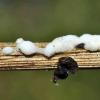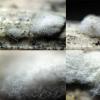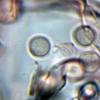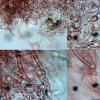
21-01-2021 09:53
 Christian Lechat
Christian Lechat
Hi to all, I would need the following paper: Phy

19-01-2021 15:09
 Khomenko Igor
Khomenko Igor
Hi, On spruce (Picea) needles, small, white disco

14-01-2021 18:36
 Edvin Johannesen
Edvin Johannesen
Apothecia up to 0,5 mm, on decayed wood of Populus

14-01-2021 17:08
A large group of what I expected to be Peziza were

20-01-2021 15:58
Juuso ÄikäsLast February I found these fungi growing on a fal

06-01-2021 21:01
 Andrew N. Miller
Andrew N. Miller
Dear Friends, I would like to obtain a collectio




